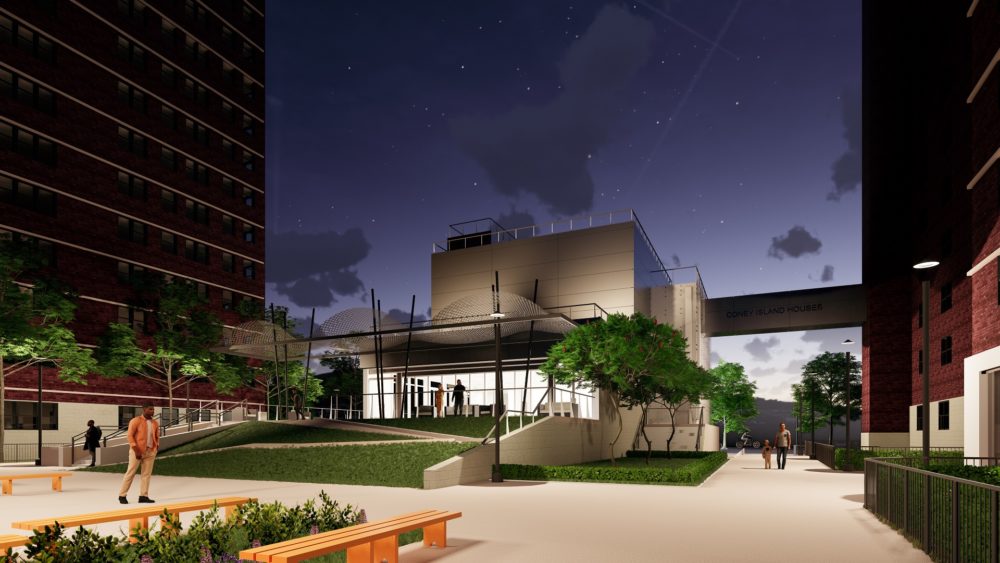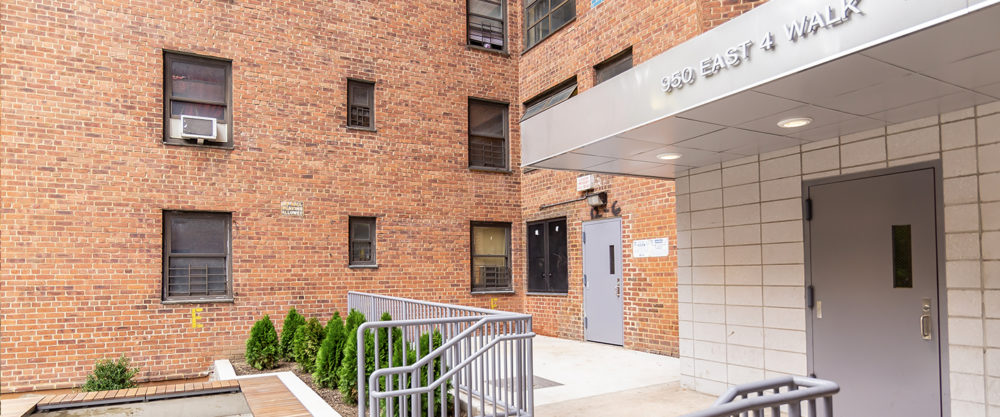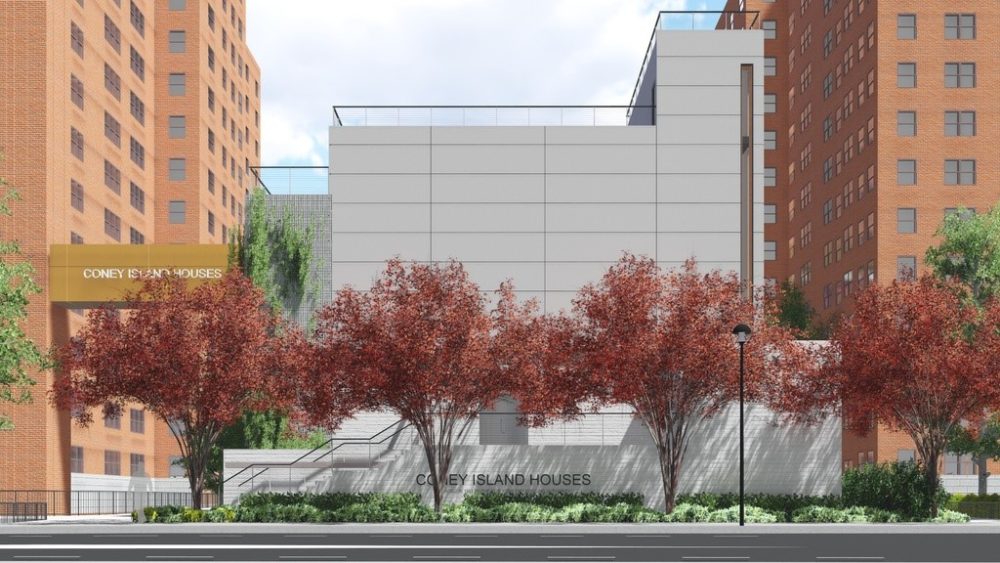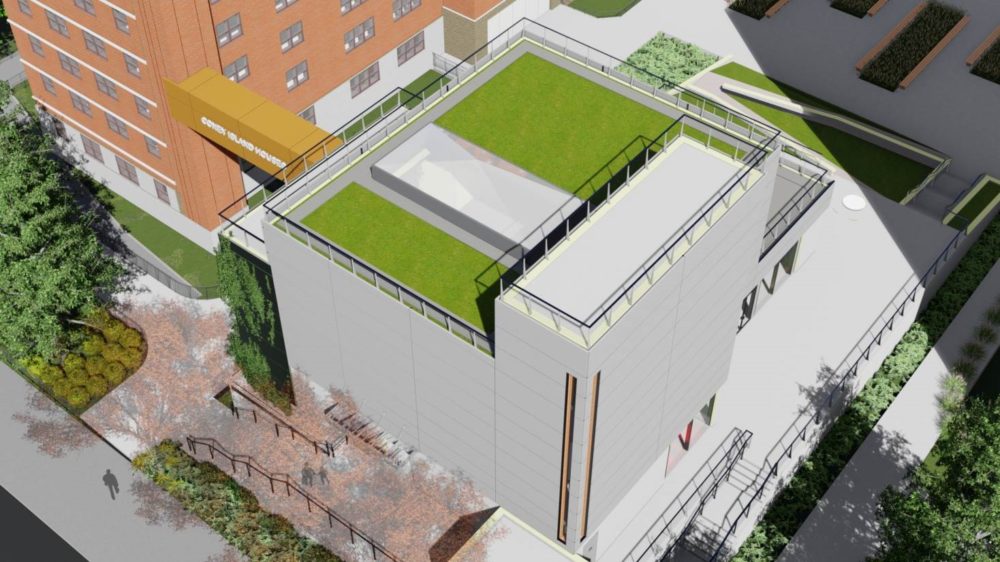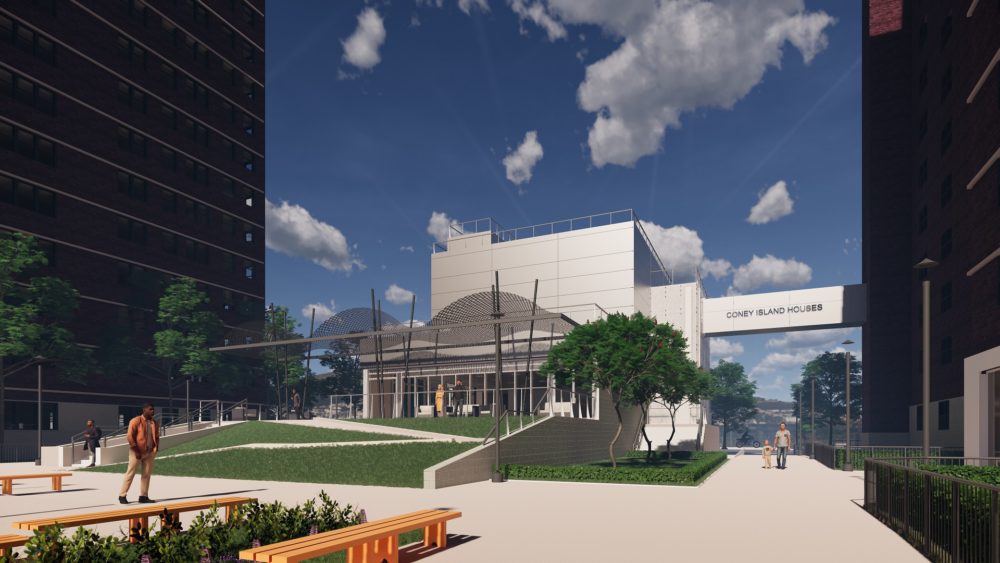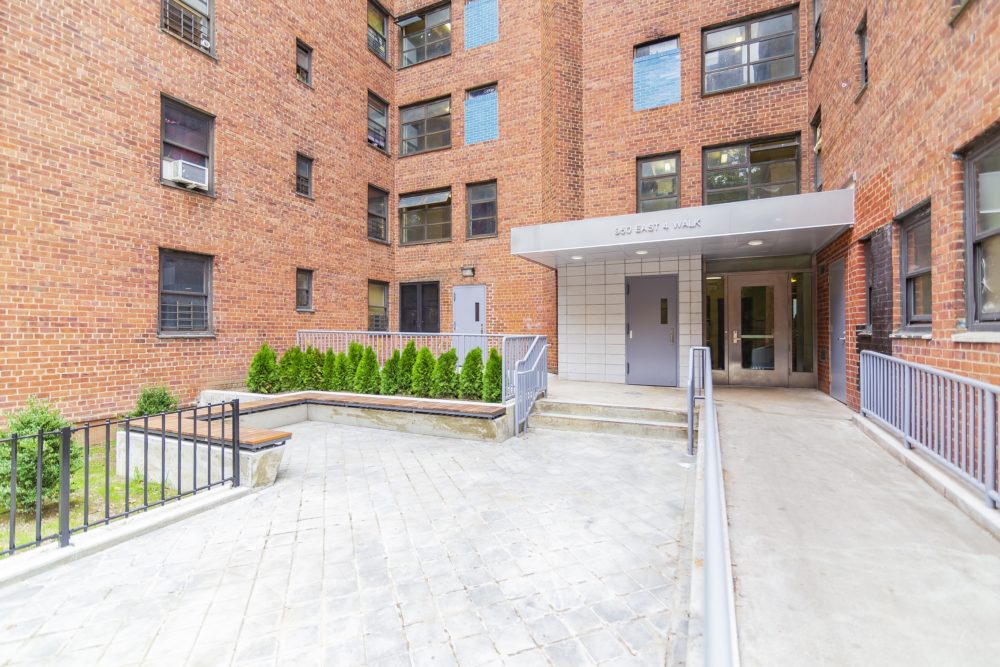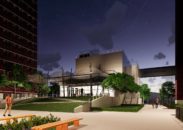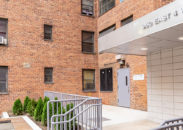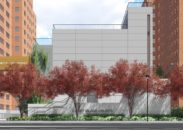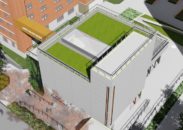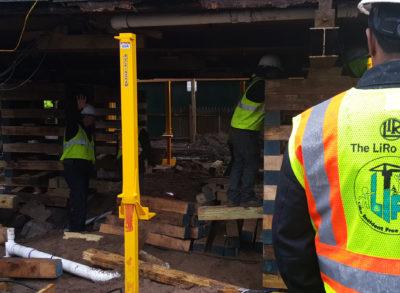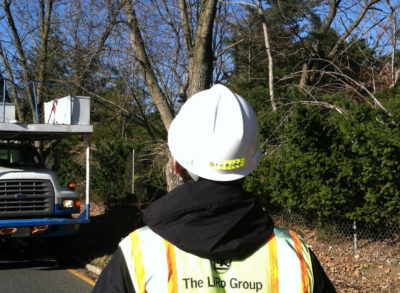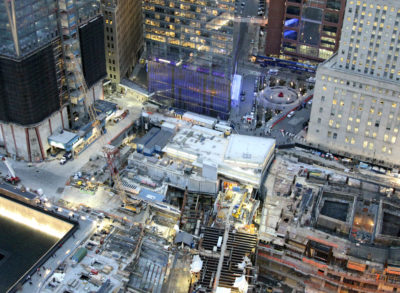Overview
As a result of Superstorm Sandy, various New York City Housing Authority (NYCHA) developments experienced an influx of surge water, which consequently damaged the mechanical and electrical infrastructure of the buildings and cut essential services to residents.
About the Project
LiRo-Hill staff responded immediately following the storm, working with NYCHA’s Capital Program to participate in a joint Utility Restoration Assessment effort. Over 250 buildings at 35 developments that experienced the worst damage in the Rockaways in Queens, Coney Island in Brooklyn, and Lower Manhattan were immediately evaluated. Over 150 electricians and other skilled trades were deployed to perform temporary repairs to restore power. Multiple temporary boilers and approximately 100 generators were sourced, deployed, and installed, and heat, power, and hot water was restored to 80,000 residents within two weeks. Expedited permanent replacement of mobile boilers was conducted once services were restored. LiRo-Hill environmental staff assessed remediation needs throughout the emergency response period. The team also advised NYCHA of the level of documentation required for FEMA reimbursements and assisted the agency in setting up their filing system as the program transitioned from emergency/temporary work to permanent repairs.
Project Challenges & Solutions
To provide resiliency for future storm events, LiRo-Hill is currently providing design services including for Sandy impacted high-rise and low-rise developments containing over 7,000 housing units. Sites include Coney Island Houses in Brooklyn, Jacob Riis I Houses, Jacob Riis II Houses, Lillian Wald Houses, Campos Plaza II, East River Houses, and Ralph J. Rangel Houses. The work includes replacement and elevation of mechanical, electrical, and plumbing systems, and associated architectural and structural work, at a total of 56 buildings within Riis Houses, Riis II Houses, Campos Plaza II, Wald Developments, East River Houses, and Rangel Houses. Site assessments were conducted immediately following the storm, and design development options for either direct replacement or elevation of equipment above flood levels were developed. This information was utilized by NYCHA to apply for FEMA funding. In addition to designing the restoration of the building infrastructures, LiRo-Hill also designed onsite standby power generators and hardening of the buildings’ electrical infrastructure to provide power during future outages.
